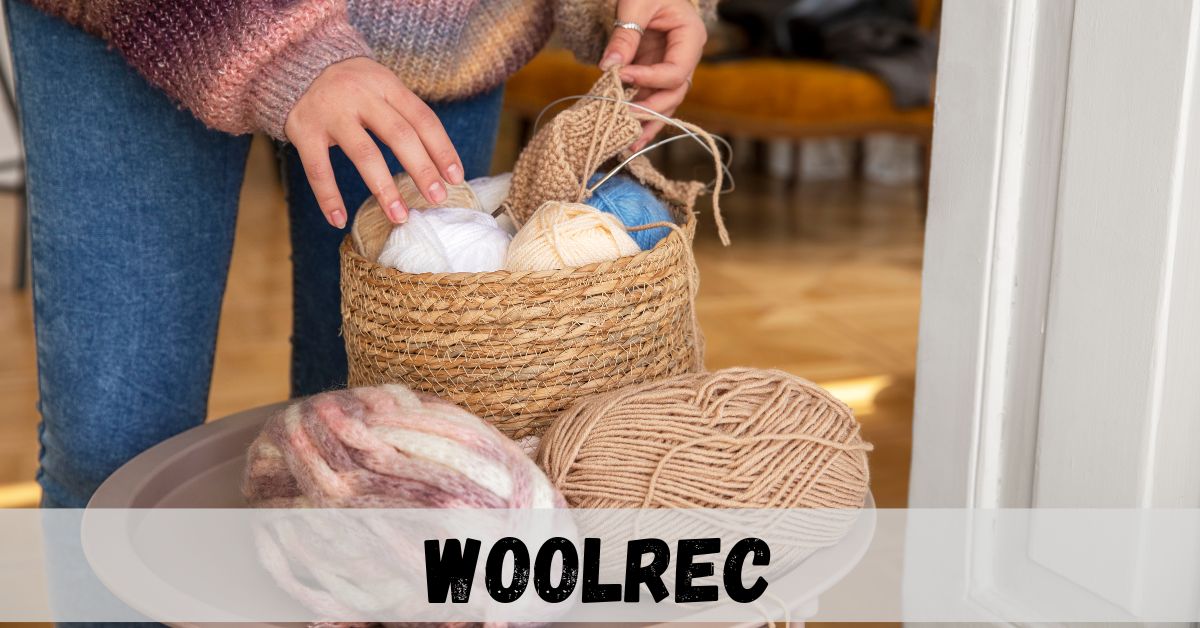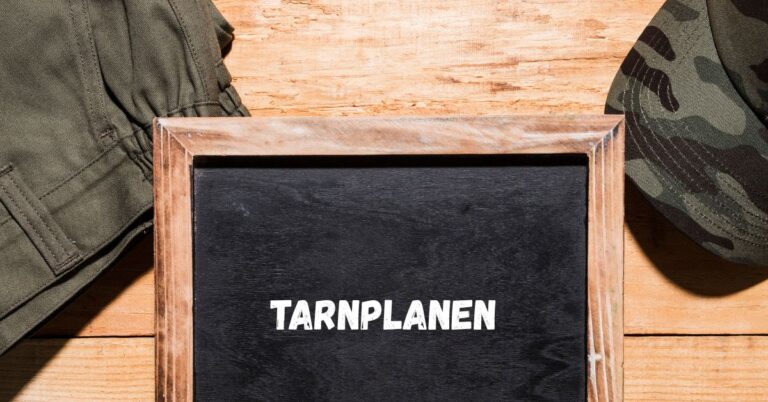Woolrec — Sustainable Wool Recycling Guide
Introduction to Woolrec and its mission
The concept of wool is being redefined by Woolrec. Woolrec is dedicated to repurposing discarded wool into something lovely and practical, having been an early innovator in sustainable wool recycling. Concerns about the environment are on the rise, and this new program provides a welcome change from the status quo.
Wool, in the millions of pounds, goes to waste and pollution every year in landfills. We can change that narrative with Woolrec’s commitment to sustainability, though. Envision reducing textile waste while giving your old blankets and sweaters a new purpose! Learn about the significance of recycling wool and how you can help build a more sustainable future with the help of this guide.
Come and discover the amazing Woolrec world with us, where even the smallest of actions can have a profound impact on our globe.
The Environmental Impact of Wool Production
An enormous ecological footprint is left behind by the wool production process. Sheep farming is a common first step, but it is resource- and land-intensive. Inadequate management of grazing can cause soil degradation.
Also, it’s worth noting that wool production uses a lot of water. Freshwater is essential for the well-being of sheep and the upkeep of their pastures. For areas that are already dry, this can put a real pressure on their water supply.
Traditional wool growing practices can endanger ecosystems due to the pesticides and fertilisers utilised. They pose a threat to local animals and water sources.
Fortunately, there is a silver lining: wool is biodegradable. Proper disposal allows for its natural decomposition, eliminating any potential dangerous remnants.
The environmental effect of wool production might be drastically diminished if the industry embraced sustainable practices like as organic farming and rotational grazing. Preserving natural ecosystems while satisfying consumer demand for this versatile fibre requires sustainable initiatives.
Benefits of Recycling Wool
The advantages of recycling wool go well beyond the simple act of reusing the cloth. A major perk is the decrease in textile waste. Wool doesn’t have to spend years in landfills because recycling it speeds up its biodegradation process.
Recycling wool further reduces waste. As a result, less water and energy are needed to produce fresh wool, and less raw resources are needed overall.
The quality and longevity of recycled wool are typically maintained at a high level as well. Products crafted from this material can retain heat and durability comparable to those built from new materials.
We may promote a circular economy by recycling wool. In addition to bolstering sustainable standards in the fashion sector, this change promotes conscientious consumption among customers.
People may help reduce their impact on the environment and practise eco-consciousness every day by opting for recycled products.
You May Like : Laaster: Real-Time Digital Innovation
How Woolrec Works: Step-by-Step Guide
Woolrec facilitates easy and accessible wool recycling. The first step is to gather all of your unwanted wool items. Either take part in local collecting events or mail them straight to one of Woolrec’s approved centres.
The crew checks the quality of each item after it is received. They control the wool processing to make sure only clean, usable wool is sent on. The availability of high-quality materials for the subsequent phase is guaranteed by this stage.
Sorting and cleaning are the next steps. Carefully sorting the goods by colour and condition, Woolrec sorts through them all. The wool is then washed in an environmentally safe manner that does not damage the fabric.
Afterwards, the wool is processed into many new items. Everything has a second life, whether it’s as insulation or yarn for crocheters. By demonstrating how recycling may give previously used textiles a second chance, this creative method not only helps the environment but also promotes sustainable practices in the fashion business.
Creative Ways to Repurpose Old Wool Items
Repurposing old wool objects into new treasures is possible with some imagination. Consider making some new accessories out of the old jumper, such mittens or a fashionable scarf. This simple craft will breathe fresh life into an item you were going to discard.
Making colourful pillows out of leftover felted wool is another possibility. After stuffing and sewing it, it becomes a one-of-a-kind piece of furniture for your living area.
Are the artworks created by various children? To make colourful, plush wall hangings out of old wool blankets, just cut them up. They bring a sense of joy and inventiveness while also making a welcoming impression.
Those who enjoy gardening can find a new use for old wool clothing: mulch. Wool biodegrades to return nutrients to the soil and has inherent moisture-regulating properties.
Make some coasters or tiny rugs out of fabric scraps or discarded yarns. Not only are these handmade items beautiful, but they also demonstrate a commitment to sustainability by reusing and recycling materials.
The Future of Sustainable Fashion with Woolrec
A new age in eco-friendly clothing is dawning, and Woolrec is leading the charge. Brands are adjusting to suit the demands of environmentally conscious consumers as they get more conscious.
Recycling wool opens up a world of possibilities. Repurposing old clothing is a great way to cut down on waste. We can reduce our consumption of virgin materials by reusing wool.
In this movement, working together is crucial. Woolrec collaborates with environmentally conscious designers and manufacturers to develop cutting-edge goods that feature recycled materials.
The role of education is also significant. More people will actively participate in sustainable practices if they are aware of the benefits of recycling wool.
Our relationship with fabric changes as fashion does. We may anticipate a future where sustainability and style live in perfect harmony with efforts such as Woolrec leading the way.
Conclusion: Join the Movement and Make a Difference
Many people can relate to the idea of Woolrec. Sustainability is becoming more important in every sector as people become more conscious of the need to protect our planet. We can lower our impact on the world and reduce trash by embracing wool recycling.
The environmental impact of wool production is substantial. Conventional wool production methods cause a number of environmental problems, including excessive water and land use. The good news is that projects like Woolrec give customers a voice in changing this story.
Wool has several uses and may be recycled in many ways. As a result, fewer items end up in landfills, and opportunities arise for companies who prioritise environmental responsibility. A circular economy, in which people reuse and recycle materials rather than throwing them away, benefits communities at all levels and contributes to worldwide environmental initiatives.
Individuals are empowered to take action quickly when they understand how Woolrec performs. Using this easy-to-follow approach, you may make new use out of old wool clothing or fabrics. The design prioritises ease of use without sacrificing its ability to have a significant impact.
Also, when it comes to finding new uses for old wool goods, imagination is key. There are innumerable methods to make use of discarded materials, from making warm blankets to creating fashionable accessories, demonstrating the fibres’ value even after they have served their original purpose.
Thanks to projects like Woolrec, which are leading the way towards responsible choices within garment production cycles, the future of sustainable design seems bright, with companies prioritising eco-friendliness without compromising style or comfort.
When it comes to creating meaningful improvements as a community committed to improving the world around us, every little bit helps! Join other passionate changemakers at Woolrec now to support creative solutions that contribute to the health of our planet and its inhabitants. It’s about more than just recycling; it’s about leaving enduring legacies.
Read More : ZongaDetect – Ensure Originality with Advanced AI Plagiarism Detection






